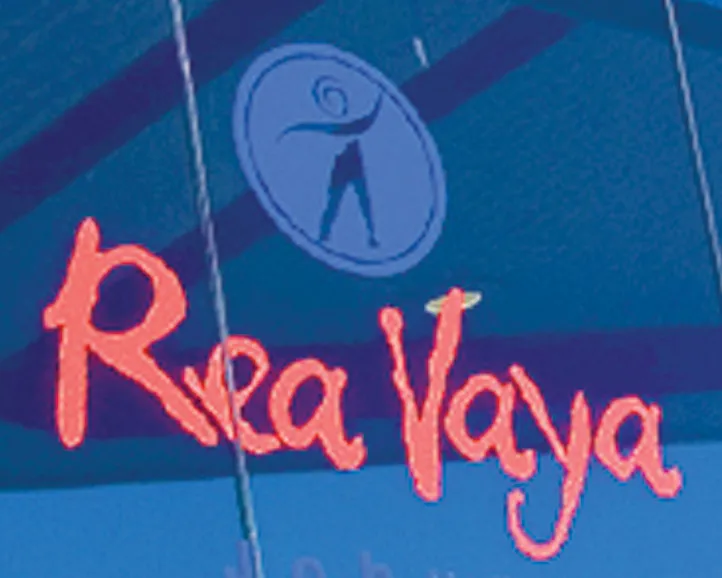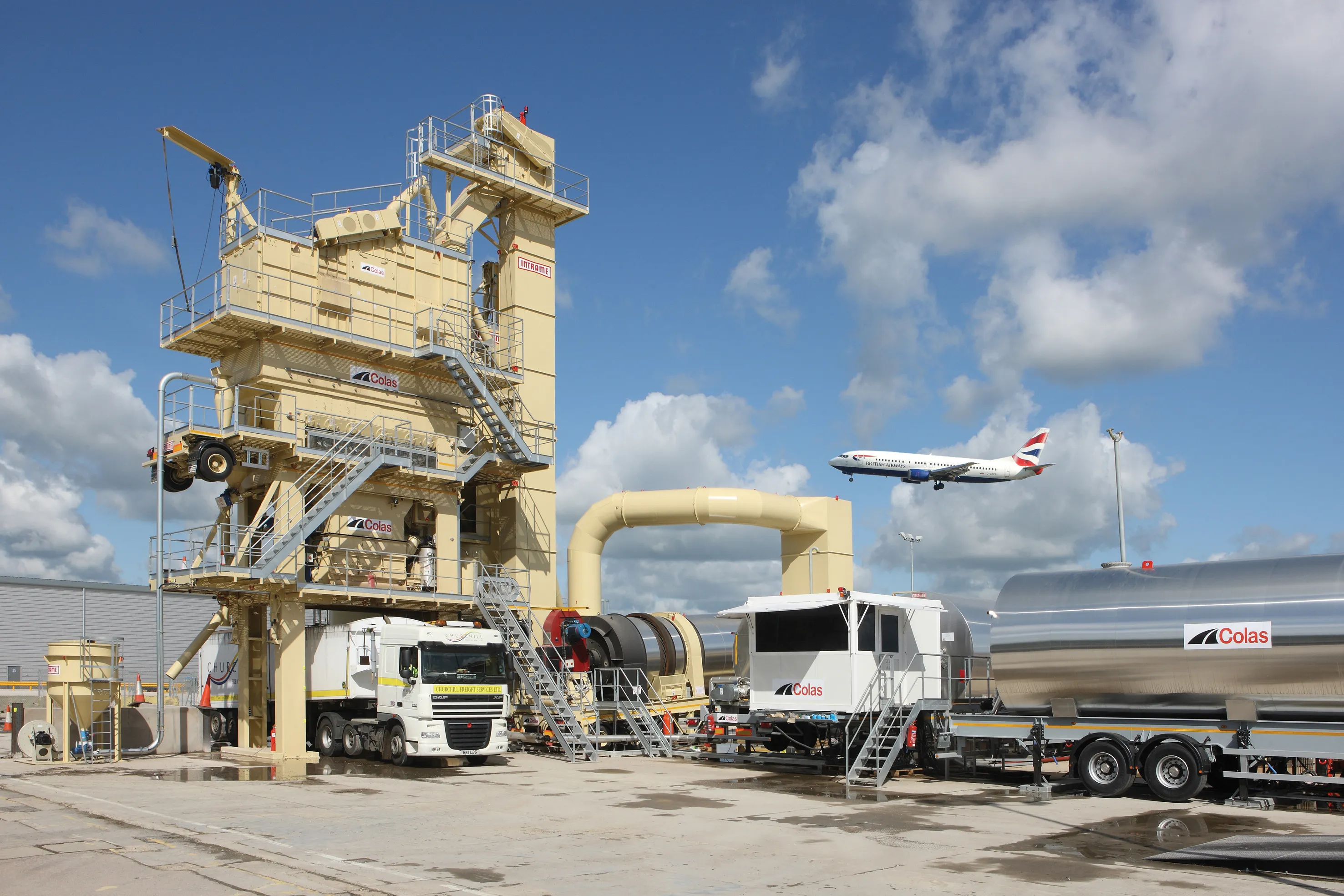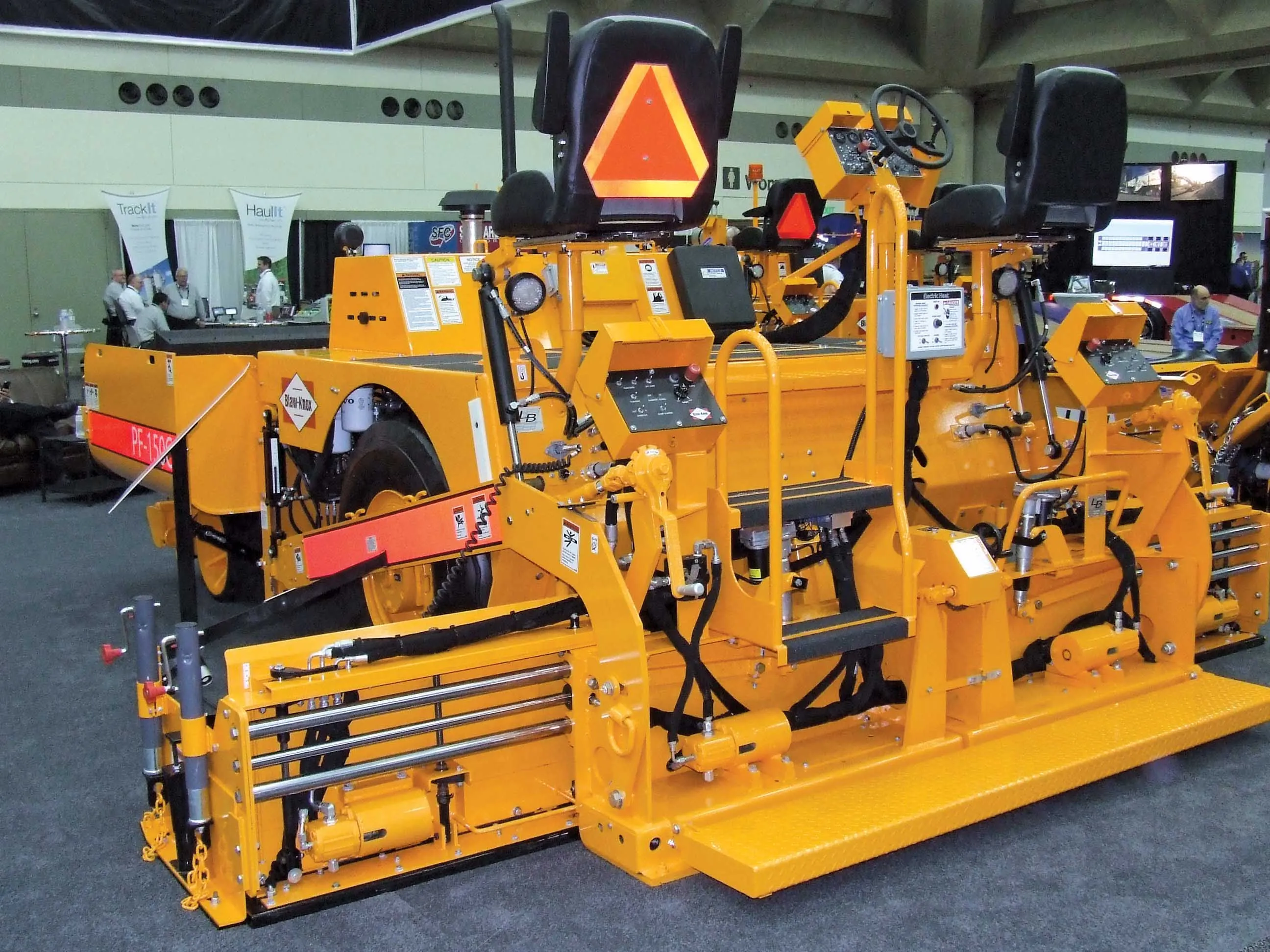GTZ highlights a pioneering scheme illustrating the potential of Bus Rapid Transit systems as a viable approach to alleviate the traffic and social problems faced by large cities worldwide
February 14, 2012
Read time: 5 mins

GTZ highlights a pioneering scheme illustrating the potential of Bus Rapid Transit systems as a viable approach to alleviate the traffic and social problems faced by large cities worldwide
Most major cities worldwide have been characterised by the phenomenon of steadily growing urbanisation accompanied by exponentially increasing numbers of private motorised vehicles.This has led to congested roads and sprawling cities, with commuters having to travel long distances to and from work. Despite huge investments in road infrastructure, the problem has been worsening, and Johannesburg, South Africa's largest city, is no exception. Several corridors of the city experience area-wide traffic chaos on a daily basis.
Long distances and long transport times are not only extremely annoying for commuters they also lead to higher economic costs for the entire city. In addition, social problems and costs imposed by the long travel times are huge.
Education and health facilities become more difficult to access for many city dwellers, and the influx of people from the countryside into the city is unlikely to stop in the near future.
Johannesburg will continue to grow. So, if it is not possible to decrease the distances in the short term, one has to look at decreasing the time spent on transportation. This means providing the poor, residing in the townships at the outskirts of the city, with a fast, convenient and safe way to access their jobs situated in the city centre, in other major employment nodes or in the neighbourhoods of the wealthy.
BRT system
Experiences drawn from some other large cities in developing countries have demonstrated that Bus Rapid Transit (BRT) systems are a sustainable travel option and a good way to ease traffic situations.The BRT buses run in exclusive, separated lanes in the centre of existing roads, making them as fast as light rail. Priority traffic signal controls for buses further increase their speed. Tickets are purchased at stations that are also in the central reserve; and their functional design allows for a smooth process of boarding and alighting.
In order to serve both kerb-side stops, in mixed traffic, and mid-road stations within the exclusive busways, all buses are equipped with doors on each side.
Security and service personnel are permanently present at every station during operating hours.
Compared to other public transport modes, such as metros or trams, BRT can claim by far the best cost-benefit ratio. The times taken for construction and implementation, as well as the operational costs, are considerably less than with rail-based mass transit systems.
In order to operate a BRT, one lane of motor traffic in each direction usually has to be removed. On the other hand, up to 17,000 passengers per hour, per direction can travel by BRT, whereas in mixed traffic conditions, the figure is only approximately 2,200 passengers per hour, per direction.
Current status/prospects
Encouraged by the successful bid to host the 2010The first full BRT-System, with 33 stations and 25.5km of exclusive busways, has been implemented in Johannesburg.
Planning for the system, which is called Rea Vaya (We are Going) began in 2006 and the plan envisions expanding to 122km of busways and 150 stations for carrying over 430,000 passengers a day by 2013. This is roughly comparable to the daily number of passengers using the mass transit system operating in the German city of Frankfurt (500,000 passengers),
which had been the object of decades of planning and development.
In August 2009, 40 buses began their maiden trip on the 25.5km Soweto to Johannesburg Inner City line. By May 2010, several feeder routes connecting parts of Soweto, such as Naledi and Protea Glen, to the trunk route were brought into operation, and there are currently some 143 buses operating. These were all newly purchased and comply with the latest environmental and comfort standards.
The first expansion of Rea Vaya (phase 1B) is under construction and is expected to be completed by August 2011. Phase 1C is still in the planning stages.
Both stadiums that hosted World Cup matches in Johannesburg (Ellis Park and Soccer City) are located on the trunk route and are served by Rea Vaya stations. These offer connections by BRT buses to other destinations and public transport services.
The benefits
Thanks to the BRT, Johannesburg will have an advanced public transport system that integrates the two historically disadvantaged townships of Soweto and Alexandra into the greater municipality of Johannesburg.The poorer inhabitants of Johannesburg particularly benefit from the BRT, in terms of
both time and money. A ride on the BRT in Johannesburg is 50% cheaper than a ride in one of the many minibus taxis in the city. However, the BRT is not only a sustainable transport option for the poor. The car-driving middle class also benefits.
Indeed, the city of Johannesburg hopes that about 15% of residents living close to bus routes will be encouraged to shift from being users of private vehicles to becoming users of public transport. This would not only relieve the traffic situation but also contribute significantly to reducing air pollution in the city.
The challenges
One of the major challenges that the BRT faced was competition with the minibus taxi industry. On BRT routes, the minibus taxis are no longer competitive in terms of speed, price, safety or service quality, and the operators were faced with the fear of losing their jobs.The city's political leaders and administration have attempted to prevent this by integrating affected taxi owners into the planning and implementation of the project from the outset. They were notably given the option of joining the bus operating company as shareholders. As a result, hundreds of former taxi staff are today working for Rea Vaya as bus drivers or station staff.
GTZ further facilitates the implementation process and provides training programmes and expertise to support the BRT system in the city.








